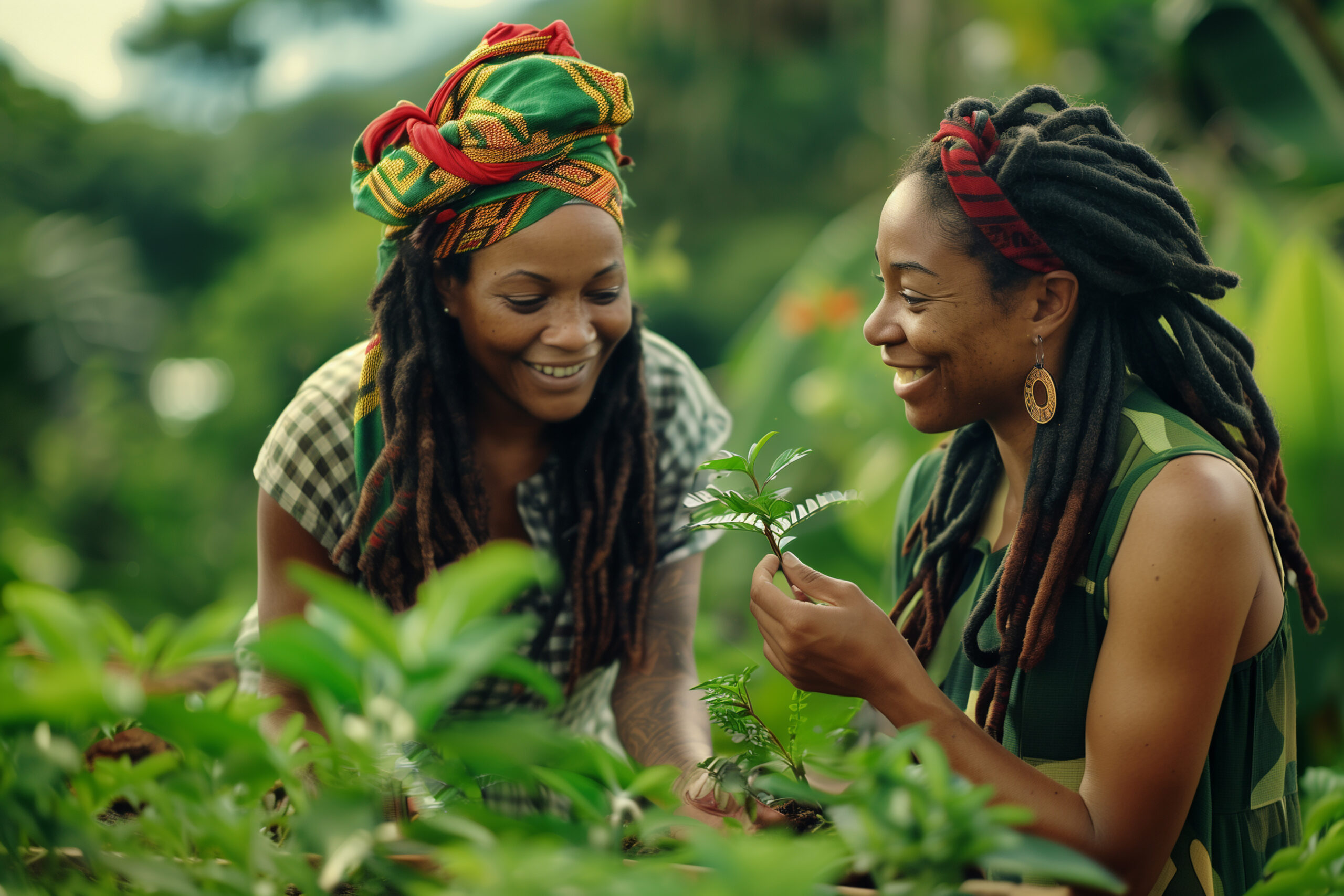The Native Women Cultivating Skincare From Soil to Skin
By Zamie Ayo
In the quiet rhythms of rural life where early morning dew still kisses yam leaves and old songs are carried by the wind something remarkable is blooming. A silent revolution led by women with cracked palms and wild wisdom. These are not beauty moguls in boardrooms. They are farmers, land keepers, herbalists. And their currency? The soil beneath their feet.
Across Nigeria and other parts of Africa, native women, agro-preneurs, and land defenders are rewriting the story of beauty and wealth. They are turning to ancient agricultural knowledge to grow the raw ingredients behind today’s clean, eco-friendly skincare from aloe vera and hibiscus to turmeric, moringa, neem, and shea. These are not trends for them. These are traditions. Passed down by mothers who understood that skin is not just beauty it is health, heritage, and the first shield against a harsh climate.
In forest-lined villages and sun-drenched fields, cooperatives are rising formed by women who grow what they use, and use what they grow. Some cultivate herbs on borrowed land, using compost from their kitchens. Others forage in the wild, guided by intuition and inherited knowledge.
There are no factories, no machinery, just wooden bowls, stone mortars, and hands that remember.
The transformation of these natural ingredients into oils, creams, soaps, and butters happens in open-air sheds, under trees, and in backyards. The formulas are simple but potent, crafted through fermentation, sun-drying, and hand-stirring. These aren’t just products; they’re heritage bottled with care. And they’re being sold not in fancy malls, but in community markets, women’s circles, and small ethical shops.
The impact is quietly radical. Earnings from these ventures are paying school fees, sinking boreholes, funding group farms, and feeding entire families. Some women form savings groups to reinvest in land. Others offer free mentorship to younger girls. In every case, the wealth generated doesn’t leave the community it cycles within, nourishing everyone it touches.
There is something deeply spiritual about how these women treat the land. A shea tree may take over a decade before its fruit is ready, yet no one rushes its process. No pesticides are poured into the soil. No synthetic shortcuts are taken. Instead, they wait. Because they know that the earth, like a woman, yields her best when treated with patience and respect.
But the journey isn’t without its thorns. Access to land remains a hurdle. Many operate without formal ownership, risking eviction. Certification requirements, supply chain gaps, and lack of financing also slow growth. Yet these women adapt. They innovate. They return to age-old solutions and community-based resilience, refusing to compromise their values for speed.
Their business model is unlike anything mass beauty brands offer. It’s rooted in circular economy thinking: nothing is wasted, everything is purposeful. The oil pressed from seeds moisturizes the skin. The leftover pulp becomes compost. The fabric used for wrapping products is often upcycled cloth. Even the ash from burned plantain skins finds its way into black soap.
This isn’t just skincare. This is quiet resistance to extractive systems. This is economic empowerment without pollution. This is cultural preservation through commerce. While the rest of the world races toward artificial solutions, these women are walking back to the source rediscovering that the land itself is a lab, a healer, and a partner.
What they are doing challenges the very idea of what it means to be wealthy. In their world, wealth is not counted in cash alone, but in the health of the soil, the strength of sisterhood, and the ability to stand on one’s own land with dignity. They remind us that the future of beauty doesn’t lie in factories it grows in fields, flows through rivers, and blossoms in the hands of women who refuse to let their knowledge die.
In a time when fast beauty clogs oceans and profits overshadow people, these women offer a return to something slower, deeper, and more honest. They remind us that real beauty doesn’t begin in a bottle it begins with intention, with care, and with soil that has been loved. Because green, in its truest form, is not just the color of nature. It is the color of power. Of possibility. Of women rising.







